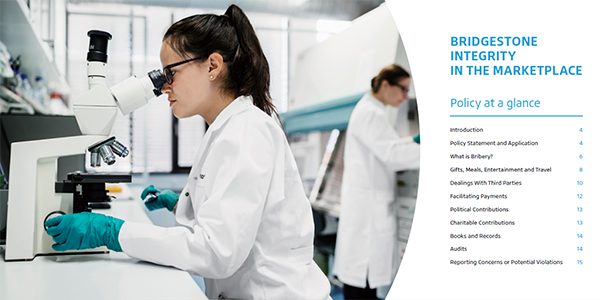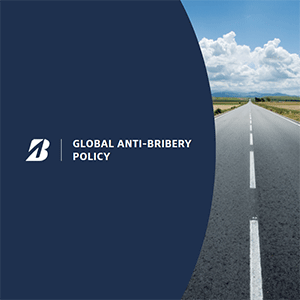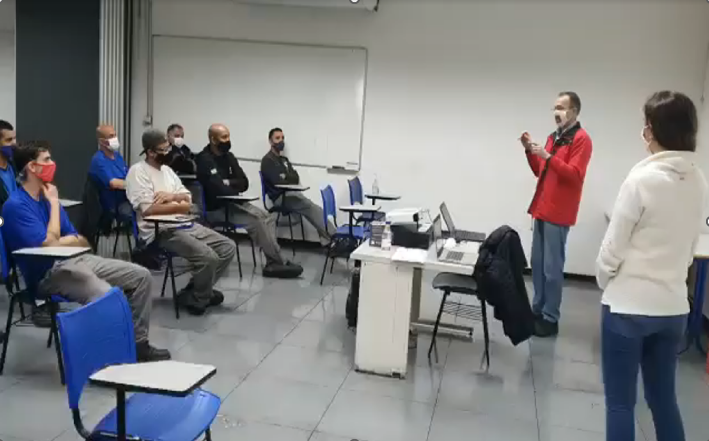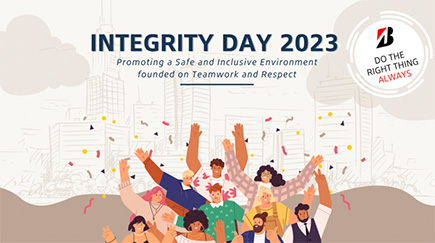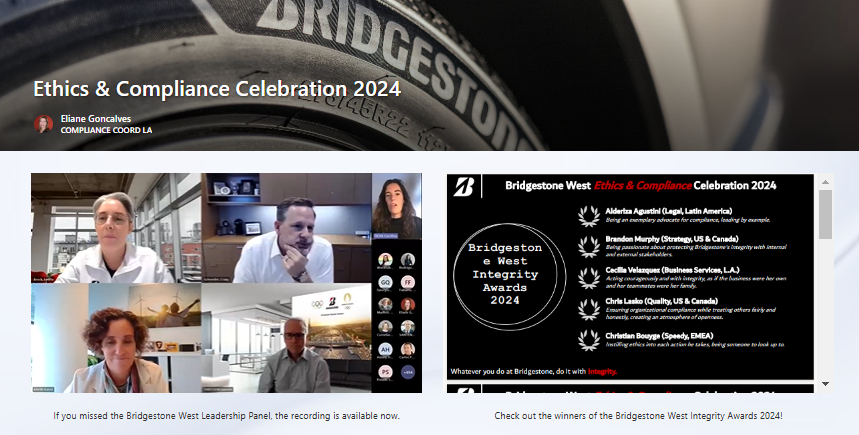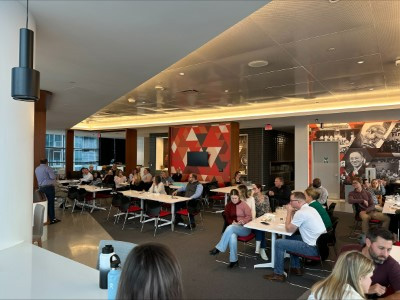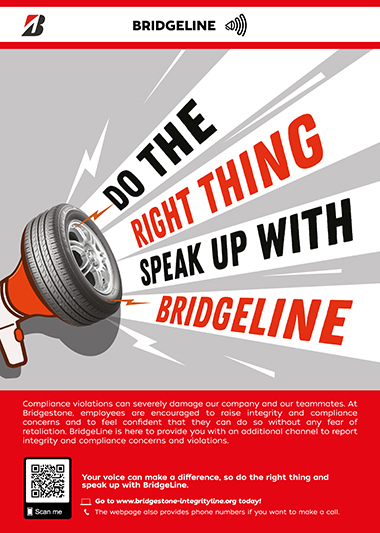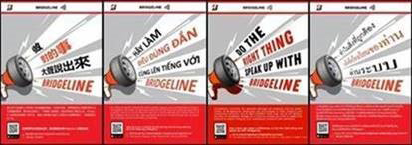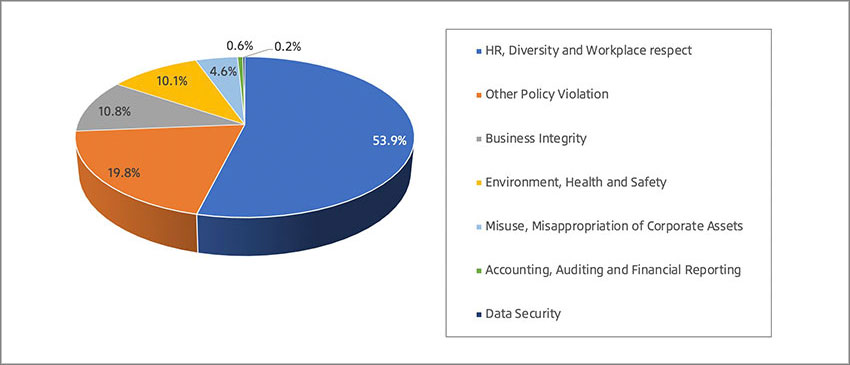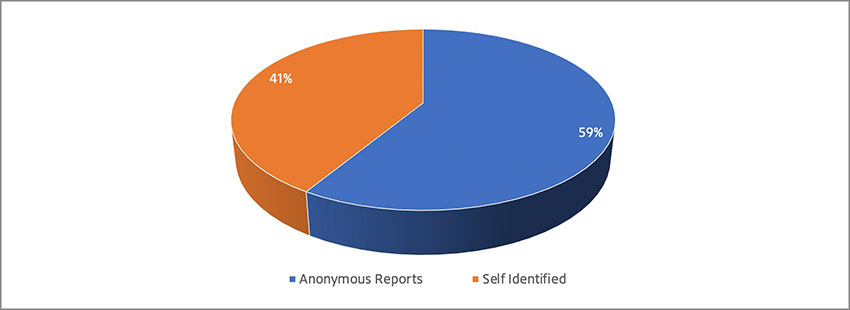The Bridgestone Group’s commitment to ethics, compliance, and integrity helps it continuously achieve its mission of Serving Society with Superior Quality and supports its goal of building an effective ethics and compliance program. Bridgestone’s Code of Conduct, which was published in 2018 and redesigned and revised at the end of 2022, provides practical guidance on how to act ethically and with integrity. As the Global CEO states in his message that accompanied the updated Code of Conduct, “Whatever you do at Bridgestone, do it with integrity and let our Code guide you, always.”
This mission is important as anti-bribery and antitrust activities come under increasing scrutiny, along with other matters such as sexual harassment and data privacy. These issues are addressed in Bridgestone’s Code of Conduct and Global Anti-Bribery Policy. In working toward becoming a sustainable solutions company, the policies and other global and regional ethics and compliance programs Bridgestone develops must continue to adapt and evolve to the changing environment and regulatory landscapes.
Bridgestone’s global ethics and compliance program consists of a blend of global and regional initiatives. It aims to balance global consistency with the flexibility needed to effectively address regional and even local risks that can vary significantly due to the wide range of operations Bridgestone is involved in and the variety of geographic, legal, and regulatory environments in which Bridgestone operates. Whether at the local, regional, or global level, initiatives are guided by Bridgestone’s core values and principles and are united under a common framework.
